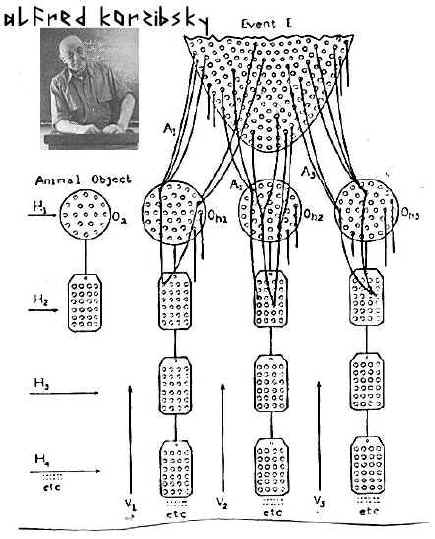
David Sloan Wilson, in his spectacular
Darwin's Cathedral, does an in-depth analysis of Korean-American Christian Churches in the Houston area. Newly arriving immigrants, some with only a few hundred dollars in their pockets, use the church as a transitional community asset that supports them through jobs, business development, loans and other benefits. Many second generation children complain that their parents have only the church and other church members as their community, even after twenty or thirty years.
Wilson's analysis also points to some of the relatively simple mechanisms that are used to try to keep church members actively involved. Every Sunday, for instance, there is a flier placed in mail boxes assigned to each member. After the service, the church staff contacts any parishioners who failed to pick-up their flier, giving them a clear attendance record.
Wilson never uses the term "cybernetic" to describe the pushes and pulls that are needed to keep a community actively engaged, especially communities that expect tithes and human capital, but that was the term that kept popping up as I read through his slim manifesto. I visualized a swarm of points in space orbiting each other in close formation. Occasionally a point would break away and start to orbit into another group, only to be pulled back to the original center of gravity by attractive forces (incentives) combined with shame forces (disincentives). The steam governor at work in sociology. The tighter knit or more extreme the ideas, the stronger those attractive forces.
A New York Times article shared similar thoughts. In it, a Harvard Law prof went through a Conservative Jewish Yeshiva and went on to a do great things. When he went back to a wedding of an old friend from school, the subsequent wedding photos did not show him. He had been literally erased from the photos. The reason: he had been accompanied by an Asian American girlfriend. The motivation was to remove the record of his failure to abide the expected rules, thereby both shaming him and eliminating any temptation for other young men who might see the photo and start thinking outside the Hassidic box, so to speak. Defeating free thinking and Hellenism prevented assimilation once. Defeating Asian chicks is a comparatively minor self-correction.
But could such qualitative social forces as shame and sense of belonging be given a quantitative reality that helps describe the rate of change of social and religious groups over time? We might be able to use group membership counts and look at correlations between the subjective opinions of group members as to the attitudes of other group members as a proxy for the cohesion mechanisms or memes in the group. Wilson does a bit of this when he reviews a survey of the orthodoxy of different religious groups as gauged by a random sample of religious scholars.












